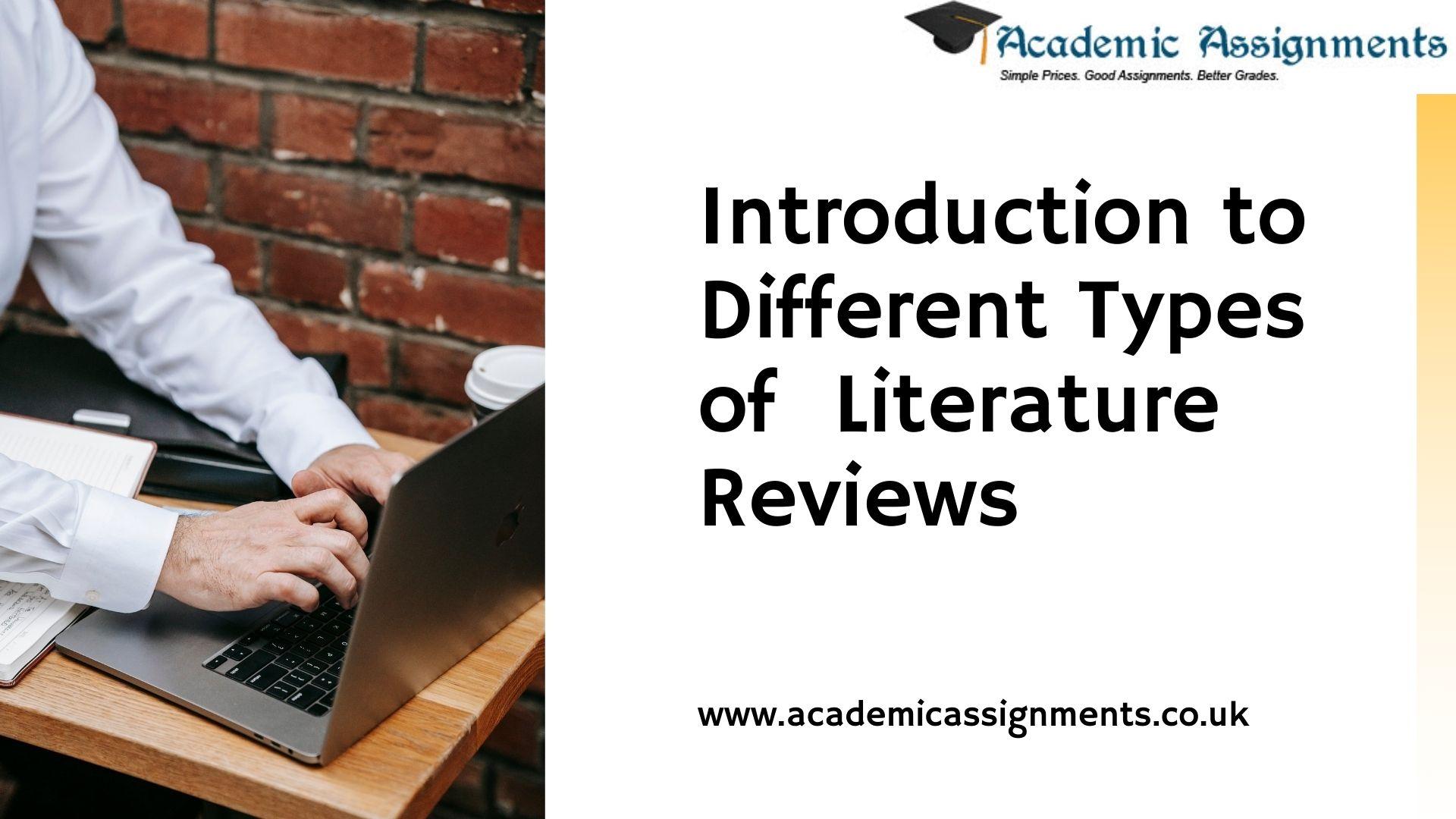Introduction to Different Types of Literature Reviews
There is a wide range of literature reviews, each with its methodology, analysis, and reason. To befuddle matters, these sorts aren’t named reliably. Coming up next are a portion of the more ordinary kinds of literature reviews.
These are more thorough, with some degree of evaluation:
- The Systematic Review is imperative to medical care, clinical preliminaries, and other areas where strategy and information are significant. Through thorough audit and analysis of literature that meets particular standards, the systematic survey recognizes and looks at replies to medical services related inquiries. The systematic audit might incorporate meta-analysis and meta-synthesis, which drives us to…
- The Quantitative or Qualitative Meta-analysis Review can both make up the entire or part of systematic review(s). Both are careful and exhaustive in gathering and figuring out an enormous assemblage of research. The quantitative meta-analysis reviews quantitative research is level headed and incorporates factual analysis. The subjective meta-analysis reviews subjective research as emotional (or evaluative, or interpretive) and distinguishes new themes or ideas.
These don’t generally incorporate a proper evaluation or analysis:
- The Literature Review or Narrative Review often shows up as a section in a thesis or exposition. It portrays what related research has been directed, how it educates the thesis, and how the thesis squeezes into the research in the field.
- The Critical Review resembles a literature survey; however, it requires a more definite assessment of the literature to look at and assess various viewpoints.
- The Scoping Review is often utilized toward the start of an article, paper or research proposition. It is led before the research starts and makes way for this research by featuring holes in the literature and clarifying the requirement for the research to be led, which is introduced in the rest of the article.
- The Conceptual Review bunches articles as indicated by ideas, or classes, or themes. It recognizes the flow ‘comprehension’ of the given research point, examines how this agreement was reached, and endeavours to decide if a more prominent arrangement can be recommended. It gives a depiction of where things are with this particular field of research.
- The State-of-the-Art Review is led occasionally, with an emphasis on the latest research. It portrays what is known, comprehended, or settled after concerning the research point and features where there are still conflicts.
Author Bio- This topic is written by Mark Edmonds, an Assignment Writer at Academic Assignments best assignment help service provider in UK, USA, UAE, Australia, Oman etc. as well as other countries also

 Blogs
Blogs





